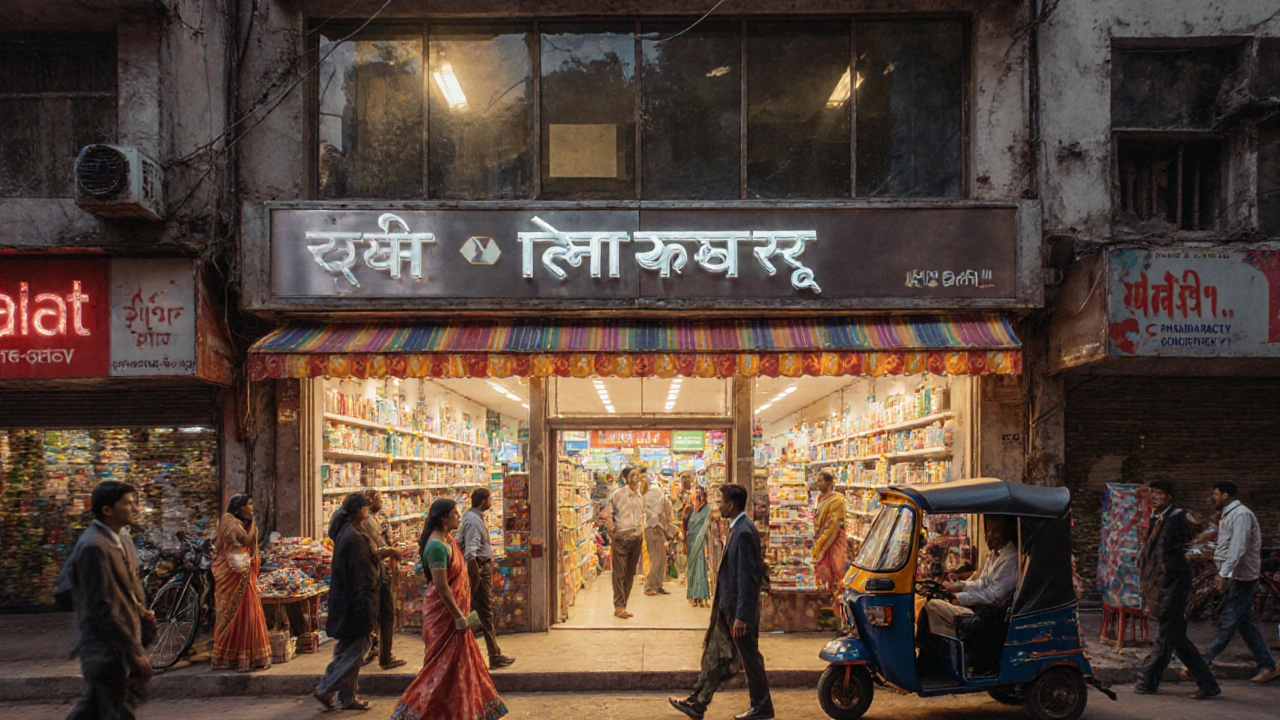
Pharmacy Startup Cost in India: Detailed Breakdown 2025
Discover the full cost breakdown to open a pharmacy in India, from licensing fees to rent, inventory and staffing, plus a step‑by‑step launch guide.
When browsing the September 2025 Archive, a curated set of articles released in September 2025 covering key trends in manufacturing, investment and entrepreneurship. Also known as Sept 2025 collection, it serves as a snapshot of the sector’s pulse during that month. Among the highlights is the detailed look at Pharmacy Startup Cost, the total financial outlay needed to launch a pharmacy in India, broken down by licensing, rent, inventory and staffing. This analysis shows that initial capital can range from ₹10 lakh to over ₹50 lakh, depending on location and product mix. The article also walks you through a step‑by‑step launch guide, turning raw numbers into an actionable plan. By linking capital needs with regulatory steps, the piece illustrates how financing and compliance intersect in the health‑retail space.
The September 2025 archive also tackles the big question “what industry is most profitable in 2025?” – a deep dive into Industry Profitability, a comparison of profit margins, return on invested capital (ROIC) and real‑world benchmarks across sectors. The study finds that high‑tech manufacturing and specialty chemicals post ROIC above 15 %, while traditional textiles linger near 5 %. This data‑driven view shows that profitability requires both strong margins and efficient capital use, a semantic link that bridges financial metrics with operational performance. Alongside, the archive examines Startup Failure Rates, the proportion of new businesses that cease operations within the first three years, broken down by industry. The figures reveal that biotech and deep‑tech startups face the highest attrition, often above 70 %, whereas e‑commerce and consumer services sit closer to 40 %. Understanding why certain sectors falter helps entrepreneurs de‑risk ideas by matching ambition with realistic odds.
Rounding out the collection is a spotlight on the global Chemical Manufacturing Companies, the leading firms in 2025 such as BASF, Dow, SABIC, Sinopec and Ineos, along with their revenue ranges and product portfolios. The piece maps how these giants balance petrochemical basics with specialty polymers, linking scale economies to innovation pipelines. It also points out that geographic diversification—Europe, North America, Asia‑Pacific—acts as a buffer against regional demand swings, a clear example of how location strategy influences financial resilience. Together, these three themes—cost planning for pharmacies, profitability metrics across industries, and the competitive landscape of chemicals—form a cohesive snapshot of the manufacturing and business climate in September 2025. Below you’ll find each article fleshed out with data, charts and practical takeaways, so you can quickly spot the insight that matters most to your venture or investment plan.

Discover the full cost breakdown to open a pharmacy in India, from licensing fees to rent, inventory and staffing, plus a step‑by‑step launch guide.

Which industry is most profitable in 2025? See margins vs ROIC, sector rankings, data-backed ranges, and a simple framework to compare sectors for business or investing.

Which industry has the highest startup failure rate in 2025? Clear data by sector (US/UK), what “startup” means, why failures happen, and how to de-risk your idea.

The 2025 shortlist: BASF, Dow, SABIC, Sinopec, and Ineos. See what they make, where they operate, revenue ranges, and how to compare suppliers-all in one guide.